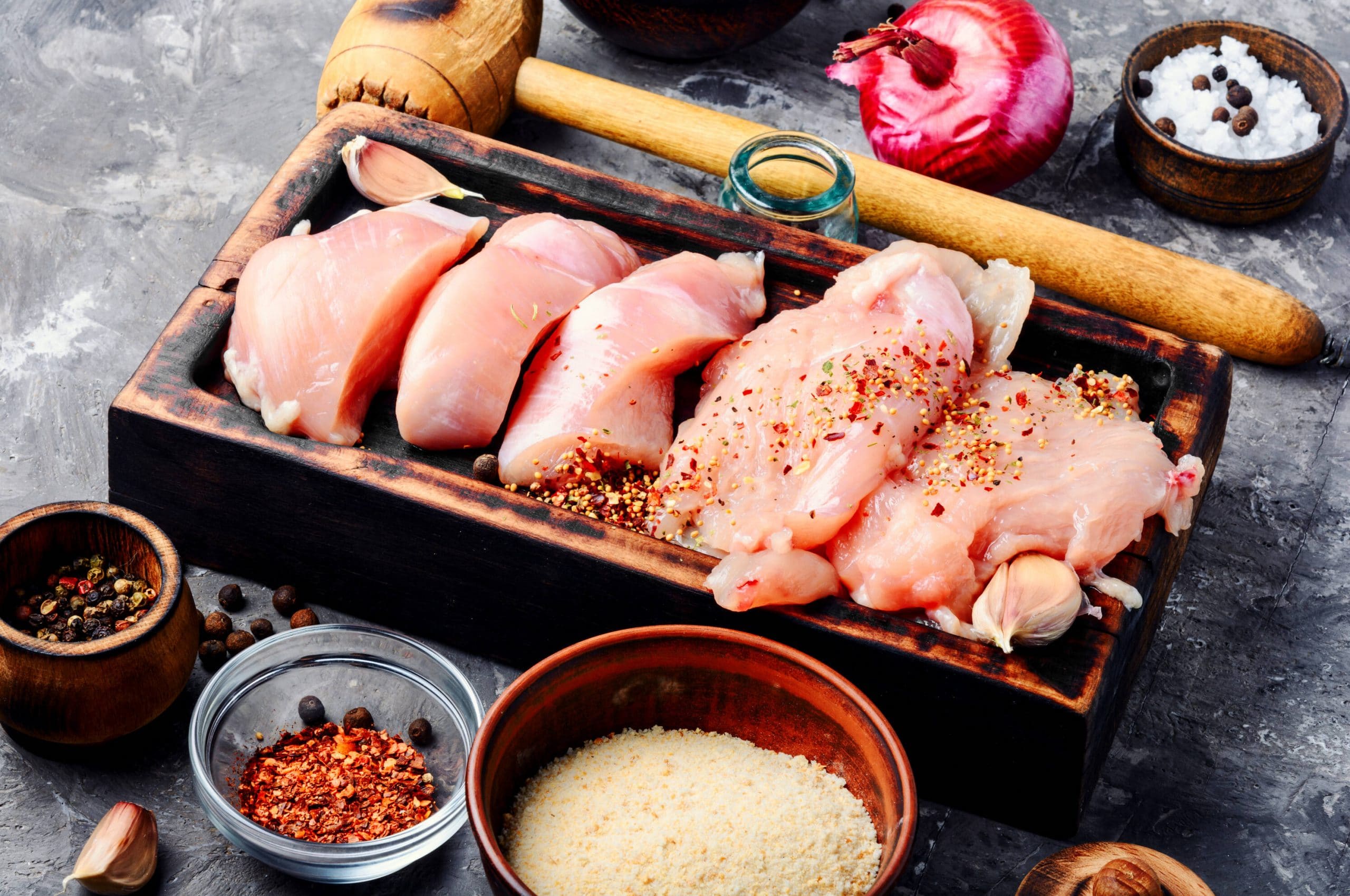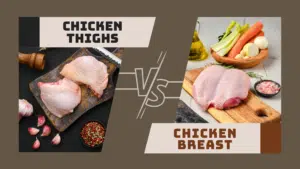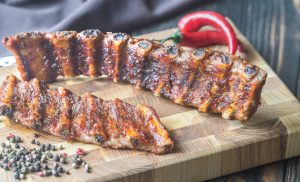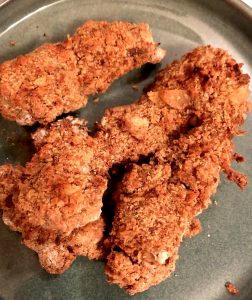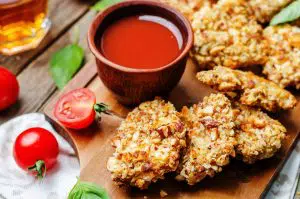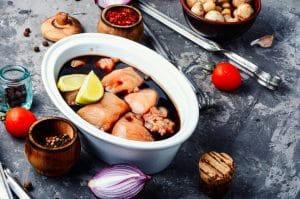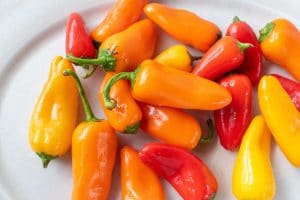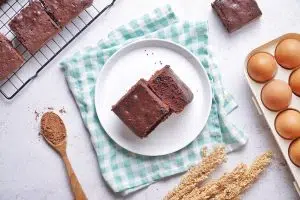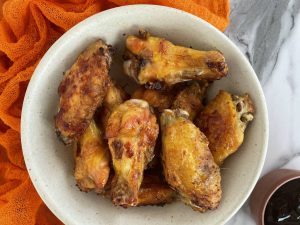Chicken Tenderloin vs. Chicken Breast: What’s The Difference?
Important Note: When you buy through our links, we may earn a commission. As an Amazon Associate we earn from qualifying purchases. Content, pricing, offers and availability are subject to change at any time - more info.
Chicken is a staple in many households. It’s easy to prepare, inexpensive, and tasty! But which type of chicken should you be cooking with? There are many cuts of chicken meat that you can cook, but sometimes it’s hard to know the differences in each. Each cut has its own significance, and each cut is ideal for the preparation of specific food items.
The most common question asked is what the difference between a chicken breast and a chicken tenderloin is? These are the most popular chicken cuts available. One might be more expensive than the other, and one may taste better than the other. But, which is better for you? This article will help clear up any confusion about these two popular cuts.
What is a Chicken Breast?
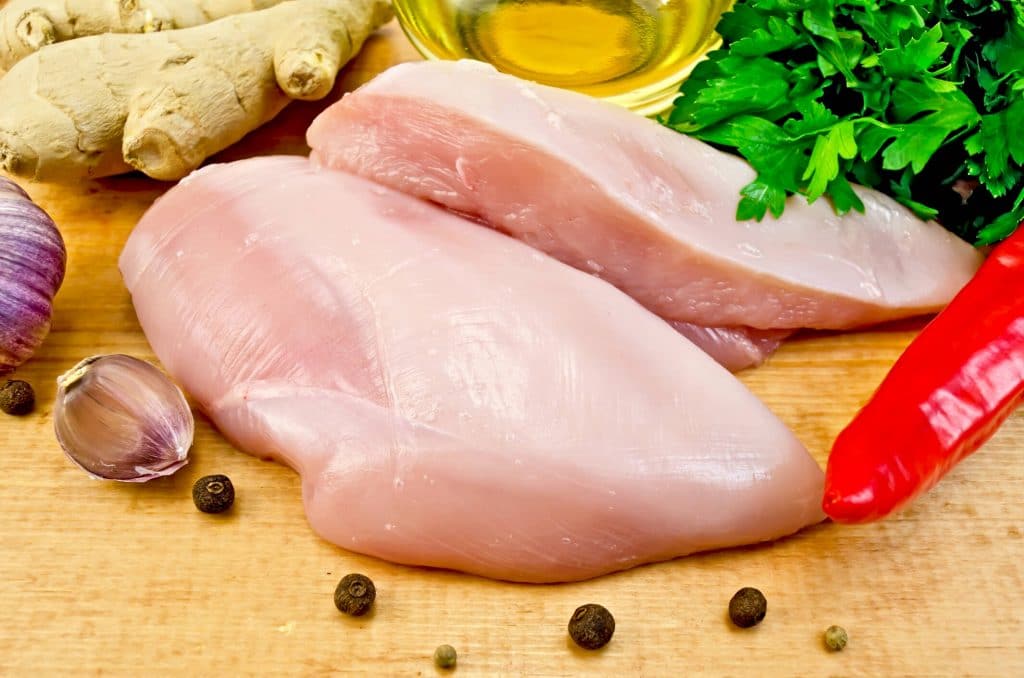
A chicken breast is the meaty part of a whole cut-up chicken from which you can usually find two breasts. A chicken breast will typically have a few bones and connective tissue and the skin on one side that would need to be removed before eating it. They are often available pre-cut in grocery stores for convenience purposes.
Chicken breasts boast lean protein that has no visible fat on the outside. The inside of the chicken breast meat is usually white and contains varying amounts of connective tissue depending on how it was processed after slaughtering. Chicken breasts have many different uses, including being fried or baked in their whole form as well as being cut into chunks for stir fry or diced for casseroles.
Chicken breasts are a great source of vitamins, and they cook quickly, which makes them an ideal post-workout meal. Most importantly, chicken breasts contain cobalamin, which is the vitamin that is used to make red blood cells in your body. Overall, there are plenty of recipes that you can prepare using this chicken cut.
What is a Chicken Tenderloin?

A chicken tenderloin is a cut of meat that comes from the underside of a whole chicken carcass. This can be found in between the breasts and other parts you may find on an entire bird, like drumsticks or wings. Basically, it is a strip of muscle that is found alongside the inner breast. There are two tenderloins in every bird, and they are usually the most overlooked part of a chicken.
They are typically very lean, with little to no visible fat on their exterior surface. Nevertheless, you can find a thin white line running down them, which must be removed before cooking. Tenderloins are the tenderest part of the chicken and are very high in protein. This is one of the muscles that the bird doesn’t use often. As a result, they are quite soft and tender.
They are also usually cut into strips or chunks, and they cook more quickly. This makes them a great option for athletes and gym-goers. Tenderloins can be cooked in many different ways, like frying or baking whole as well as being cut into strips and deep-fried or baked with bread crumbs on top.
Chicken Tenderloin vs Chicken Breast: Nutritional Value
Chicken breasts are very high in protein but tend to be lower in fat. As a result of this, they can become dry and chewy when overcooked or eaten without the addition of moistures like oils or sauces. Tenderloins, too, have a high protein content but are small and come attached to the breast. So, when it comes to the nutrition level, the two types of meat cuts differ greatly.
Below is the table that shows the nutritional value of a 4oz portion of chicken breast and tenderloins.
| Attributes | Chicken Tenderloin | Chicken Breast |
| Total Fat | 20.1 grams | 3 grams |
| Calories | 332 | 136 |
| Protein | 17.9 grams | 25.5 grams |
| Magnesium | 31.8 mg | 27.2 mg |
| Cholesterol | 49.9 mg | 82.8 mg |
| Vitamin B-6 | <0.5 mg | 0.9 mg |
| Iron | 1.3 mg | 0.4 mg |
| Potassium | 247.2 mg | 378.8 mg |
| Sodium | 518.2 mg | 51 mg |
Chicken Tenderloin Preparation Method
- Remove the thin white line that runs down it, as well as any visible fat on the exterior surface.
- There are two ways you can cook a chicken tenderloin which is frying and baking whole with bread crumbs or cut into strips for deep fry batter. The result will be a tender and juicy meat that’s delicious.
- Frying chicken tenders is best done in vegetable oil with added salt or seasonings, like pepper or paprika. This ensures the outside of the meat has some color to it while also creating a crispy texture on the exterior surface for an attractive presentation.
- Eggs and flour are the key ingredients for deep-fried batter. You should whisk eggs together with a touch of water, milk, or beer to create an egg wash that will coat the chicken strips in order to create a crisp outer crust when fried. Then add some all-purpose flour into it and mix well until you form a doughy texture, which is what you will need to coat the strips in.
- Next, dip your chicken tenderloin strip into the batter and shake off any excess that might drip off it on a paper towel. Then place them onto a wire rack while you repeat this process with all other pieces until they are done. Fry them in hot oil at 375 degrees Fahrenheit for about three minutes on each side.
- Once you take them out of the fryer, place them onto a paper towel to blot off any excess oil, and then season with salt or other spices if desired before serving.
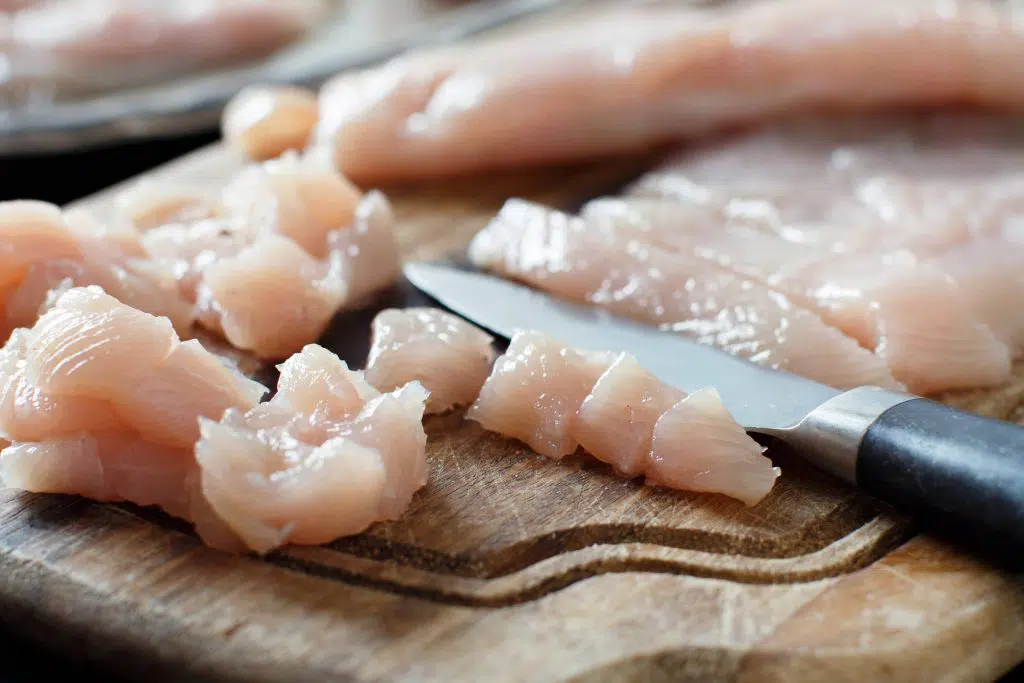
Chicken Breast Preparation Method
- Chicken breast can be very bland when eaten alone. So, you need to take your time marinating it.
- Take a large bowl and stir together some lemon juice, olive oil, and any seasoning you usually use.
- To prepare the breasts, make thin slices on the meat, dip them into the marinade, and leave them for 30 minutes.
- Now you can either bake the chicken breasts in parchment paper or steam them. This is the healthier way to cook chicken breasts.
The Final Cut
The differences between chicken breasts and tenderloins are vast in terms of nutritional value. One is high protein while the other has a higher fat content, making it juicier but not as lean or healthy for you to consume. However, these two cuts still provide many benefits, whether in terms of nutrition, taste, or how they can be prepared.
